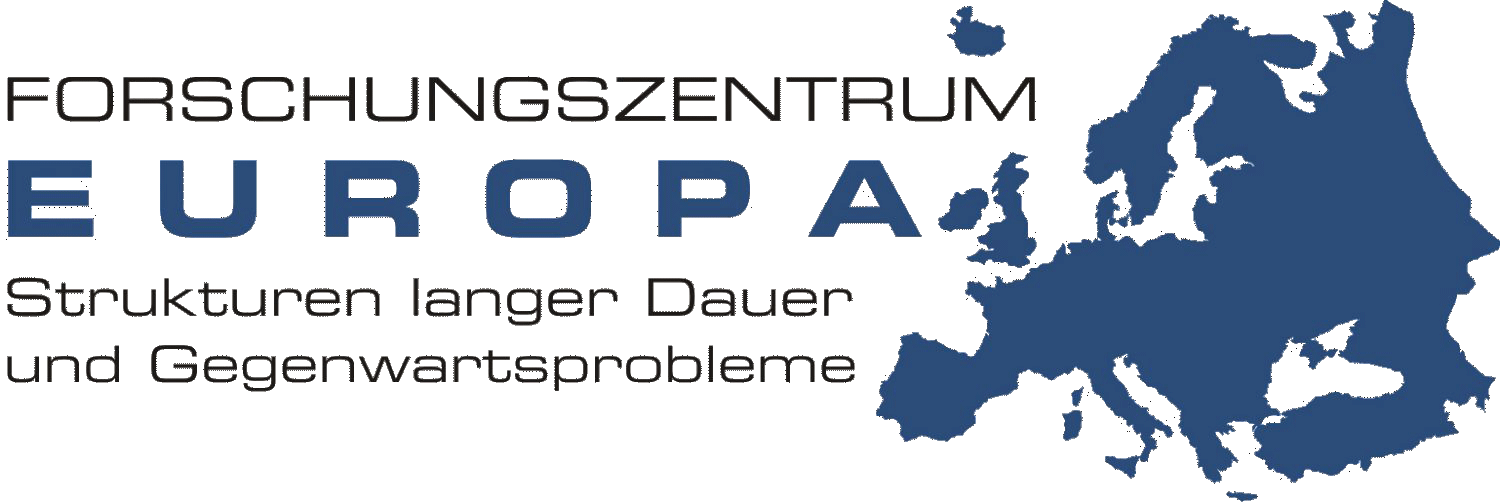Besides university and research institutions, museums have for almost two centuries been crucial ‘workshops’ for the construction of historical master narratives, often concentrated on the nation, and delivered to an ever larger public in the form of pedagogical displays, but more recently increasingly in the form of commodities. They have established links with much broader audience than those reached by history journals and lectures, or other academic activities. This applies to the nineteenth as well as the twentieth century.
The demarcation lines between the different types of museums are very diffcult to draw. We exludes pure art museums in this Atlas and collected informations on museums devoted to issues of historical interest at large but we differentiate between national, regional and sectional types. Our maps are based on this elementary typology that allows comparisons beyond the specificities of each case. The diversified population of historical museums had been classified into those of general, nationwide or even international interest and those of regional or local scope; but only the national level could – for quite simple cartographic reasons – be represented on our maps. National museums were classified following a typology that reflected main trends in writing and representing the nation’s past in Europe. One category – labelled ‘political’ – comprised museums focused on the political and military past, as well as on the nation-building process. A second category – labelled ‘cultural’ – comprised museums displaying the cultural heritage as a whole. The third one – termed ‘comprehensive’ – included museums which combined the two dimensions of nation-building and the national heritage: a rather common category, given that in a number of cases newer national master narratives were added to a more general and older national museum structure.
Datebase
The database comprises history museums of national importance, including war, army and nation-building museums, national museums and Heimatmuseen, as well as major regional museums with relevance to national history. Also included are significant museums connected with archives or lieux de memoire when relevant to the national history, such as the Gedenkstätten of the Holocaust or former concentration camps. No historical monument or place of memory as such has been included; nor pure art or archaeology museums, with the exception of the National Portrait Galleries of England and Scotland.
Image:
Estonian National Museum, Main Hall 2016.
By Kulttuurinavigaattori, Dan Dorell Lina Ghotmeh ja Tsuyoshi Tane Viron kansallismuseo 2016 C, Image Section, CC BY-SA 4.0.







